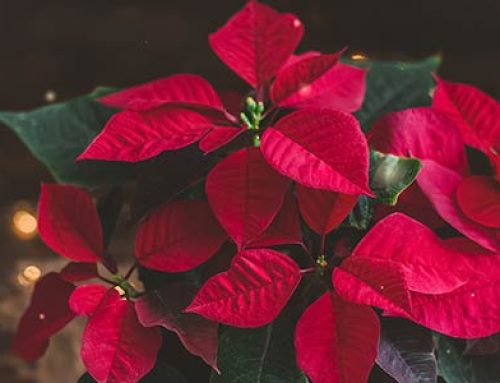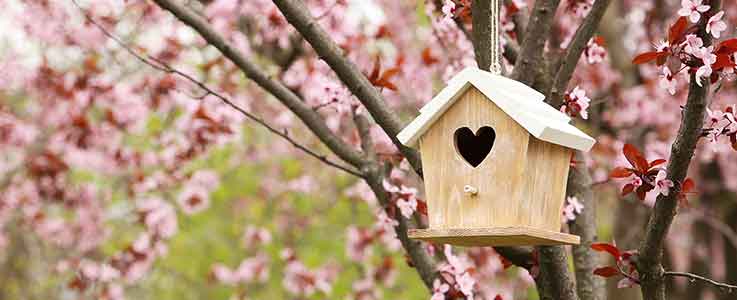
So, imagine it’s a snow covered, frosty morning as you look out of your kitchen window and there, as reliable as ever is your favourite garden visitor, the Robin. Every morning, of every month he is there, chirping away looking for something tasty to eat. The scary fact is, he is more than likely not the same robin that was there this time last year. The average age of a robin is only 1.1 year. How can this be? One of the biggest problems for small birds is the supply of food in the winter and proper protection against the cold.
So the big question is how can we help all the birds survive these more challenging months?
Food and water are critical for all living creatures and that’s the best place to start. Especially when temperatures drop to zero and below, make sure the birds have access to clean and thawed water. Keep it away from under trees and shrubs as it can fill up with deposits from other birds. An open location keeps it cleaner and also gives the birds clear visibility against potential predators like cats and Sparrow Hawks.
The range of food available is somewhat of a minefield but any food is better than nothing. High energy fat feeds such as blocks and balls are perfect and easy for them to pick at through the appropriate feeder. Peanuts also contain high levels of protein too but be sure to reduce the peanut presence as we get to fledgling season as younger birds can choke on the larger parts.
Mealworms are also a great source of energy and mixing them into the ‘No Mess’ seed mix gives minimal chance of germination. That said wood pigeons grazing the garden usually ensures not much goes to waste.
If you have noticed any finches in the garden then they will appreciate the Nyjer seed, derived from the thistle they are adored by this truly beautiful family of birds. Did you know the Chaffinch is the most common garden bird in the UK.
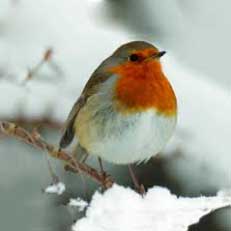
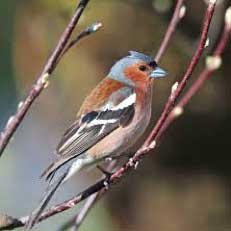
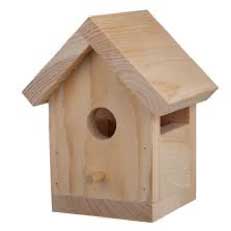
So now we have fed and watered them they may just need some shelter from the cold. Nest boxes are not just for breeding and many birds will seek refuge in them before the mating season has begun.
Again there are many different types of houses for birds and some birds really are quite fussy! Robins, for example like to have quite an open fronted house whilst Blue Tits require the smallest of openings. Sparrows are communal and like to roost in groups. Blackbirds and Thrushes actually prefer the dense coverage of foliage, so don’t be too hasty in the autumn when trimming back those evergreen hedges and shrubs.
Keep it simple, birds are not as fussy about how they look as we are.
Always remember something is better than nothing and if you are not sure where to start then pop in and see us and we can get you on the right path.


